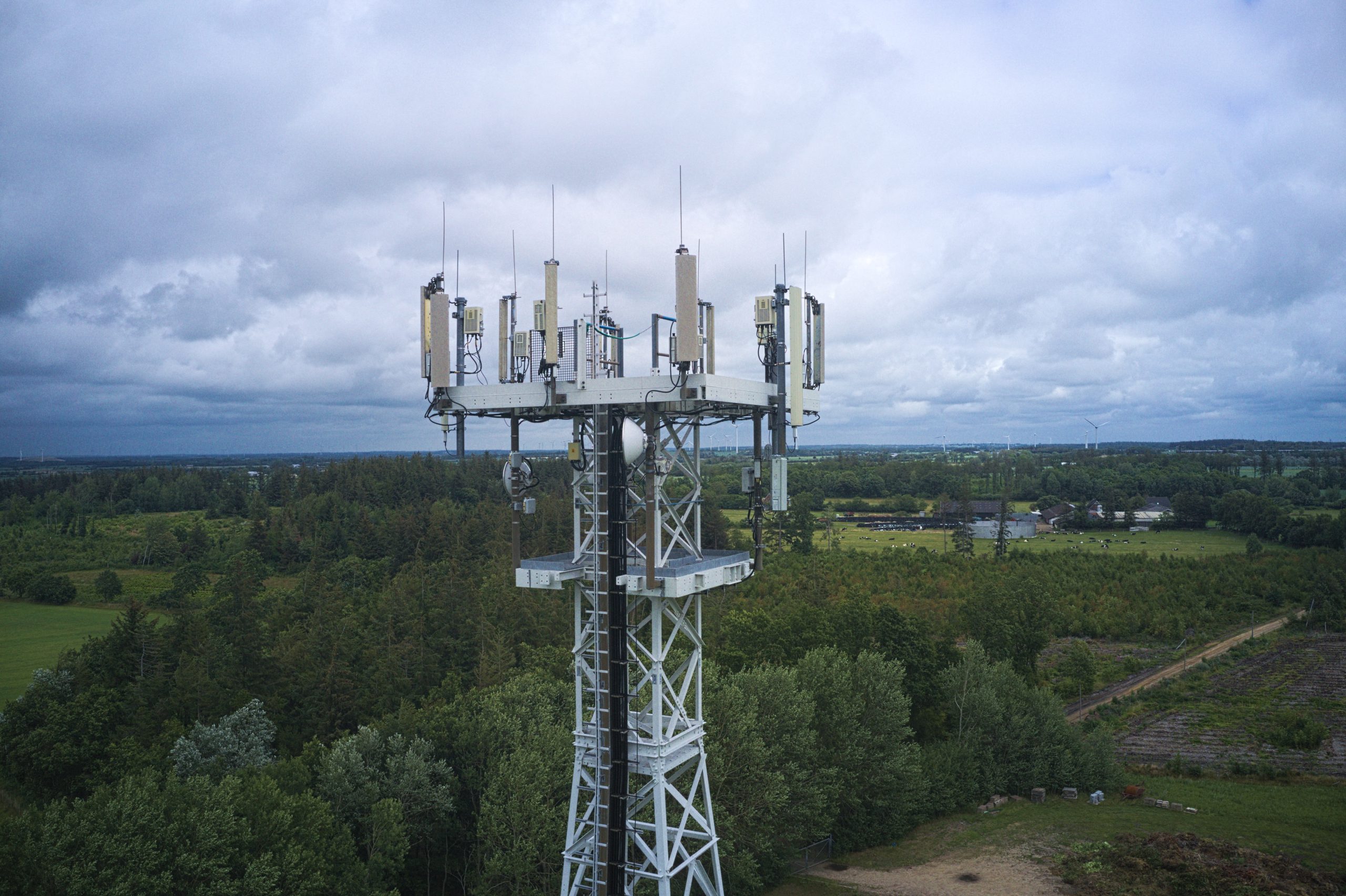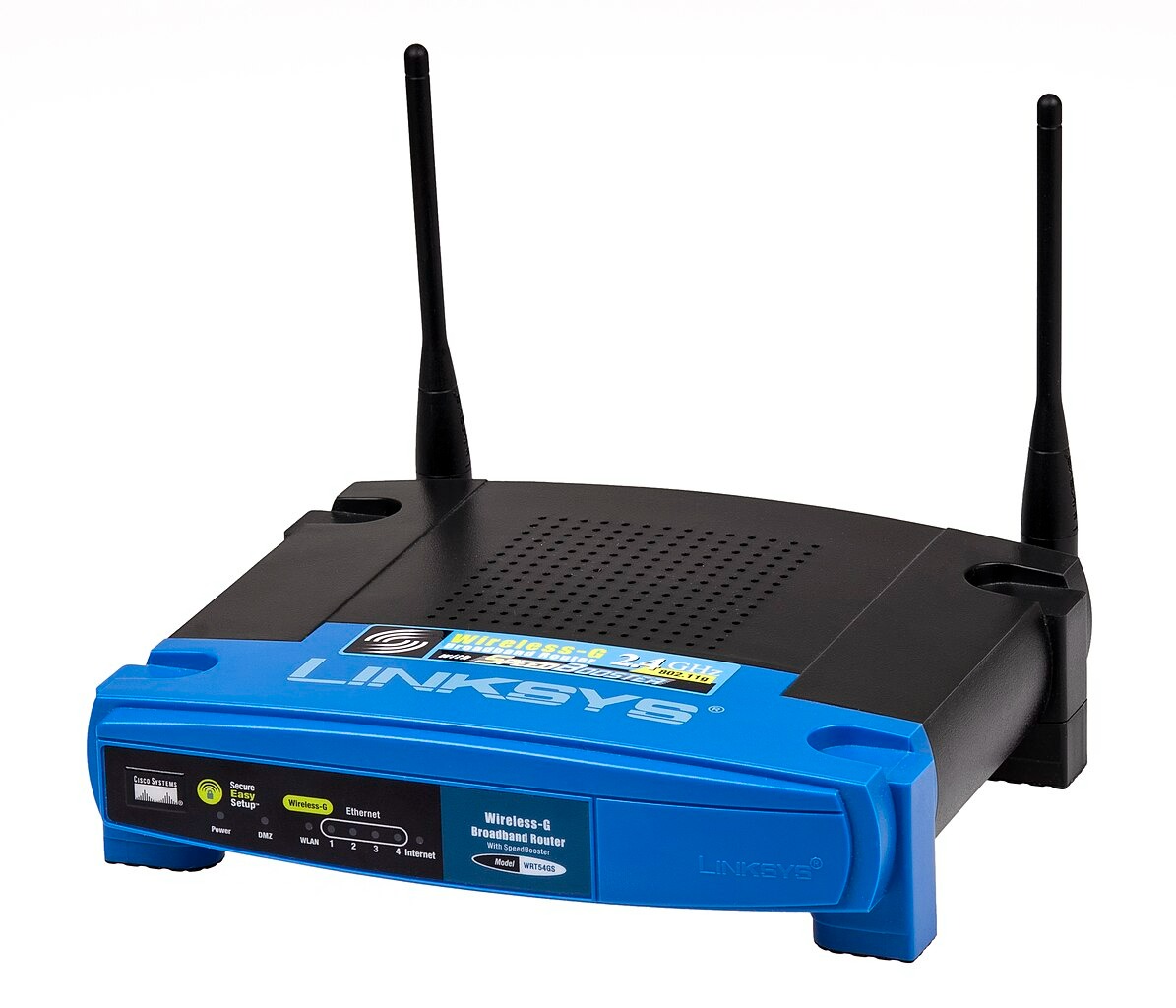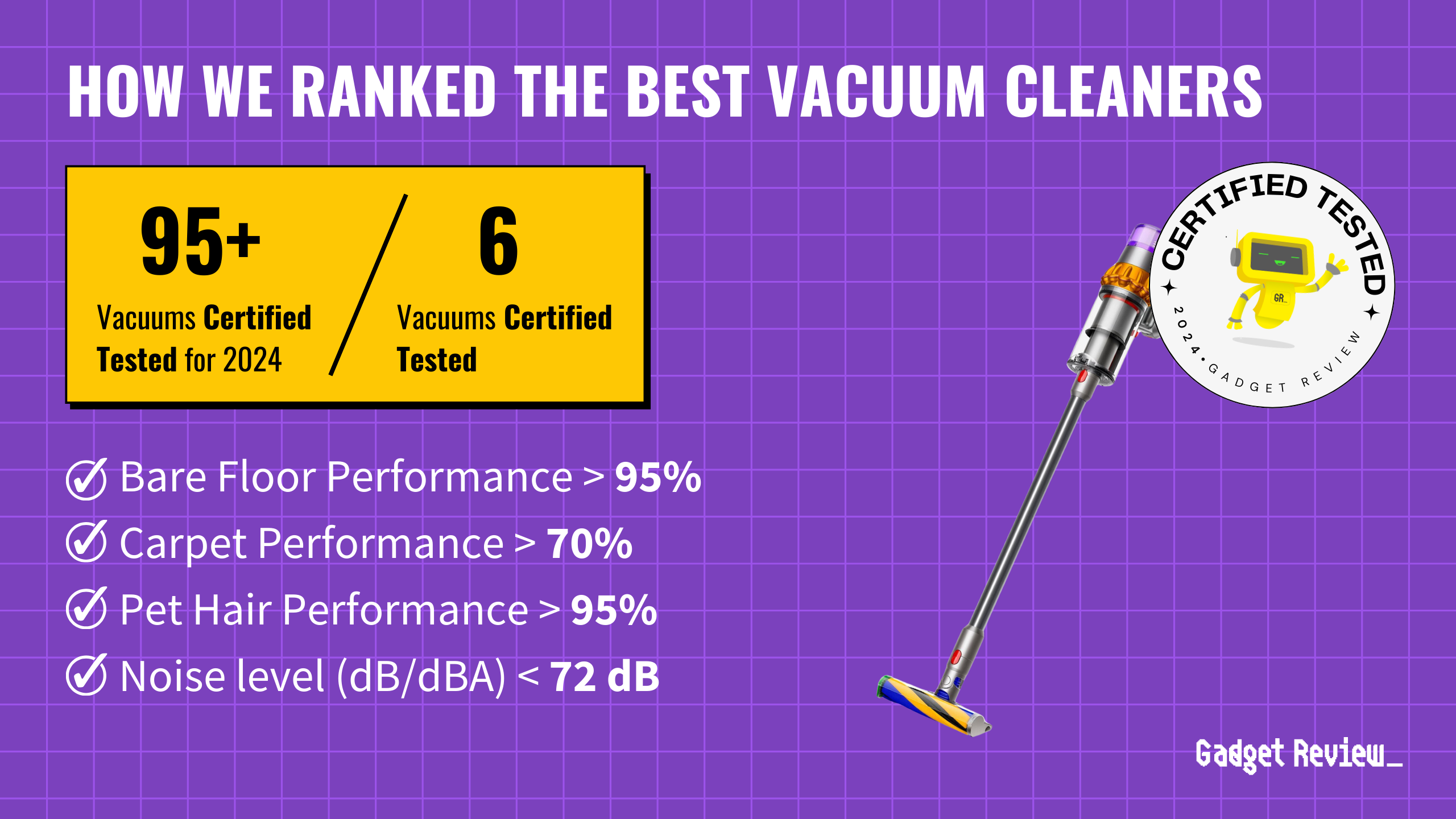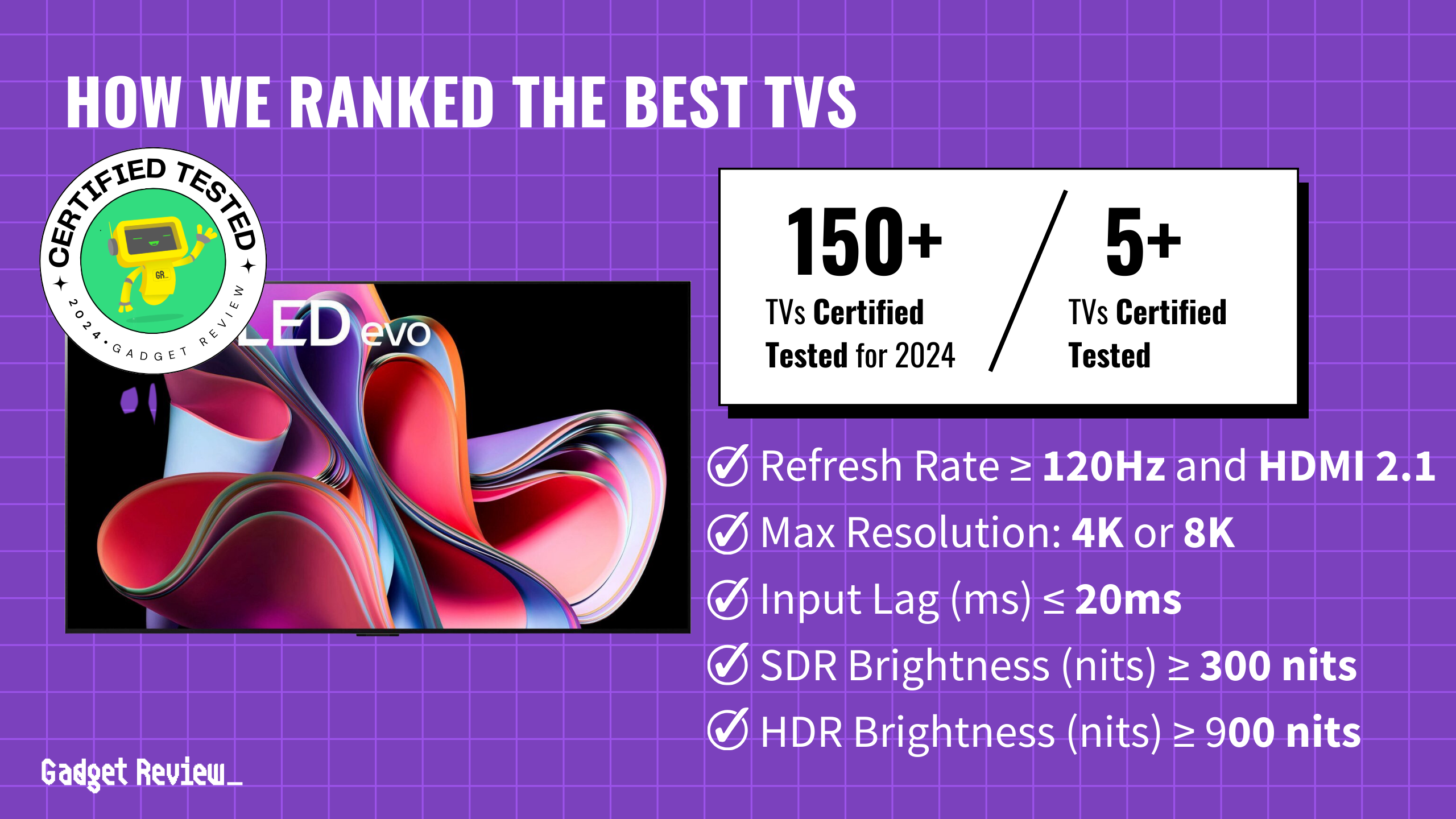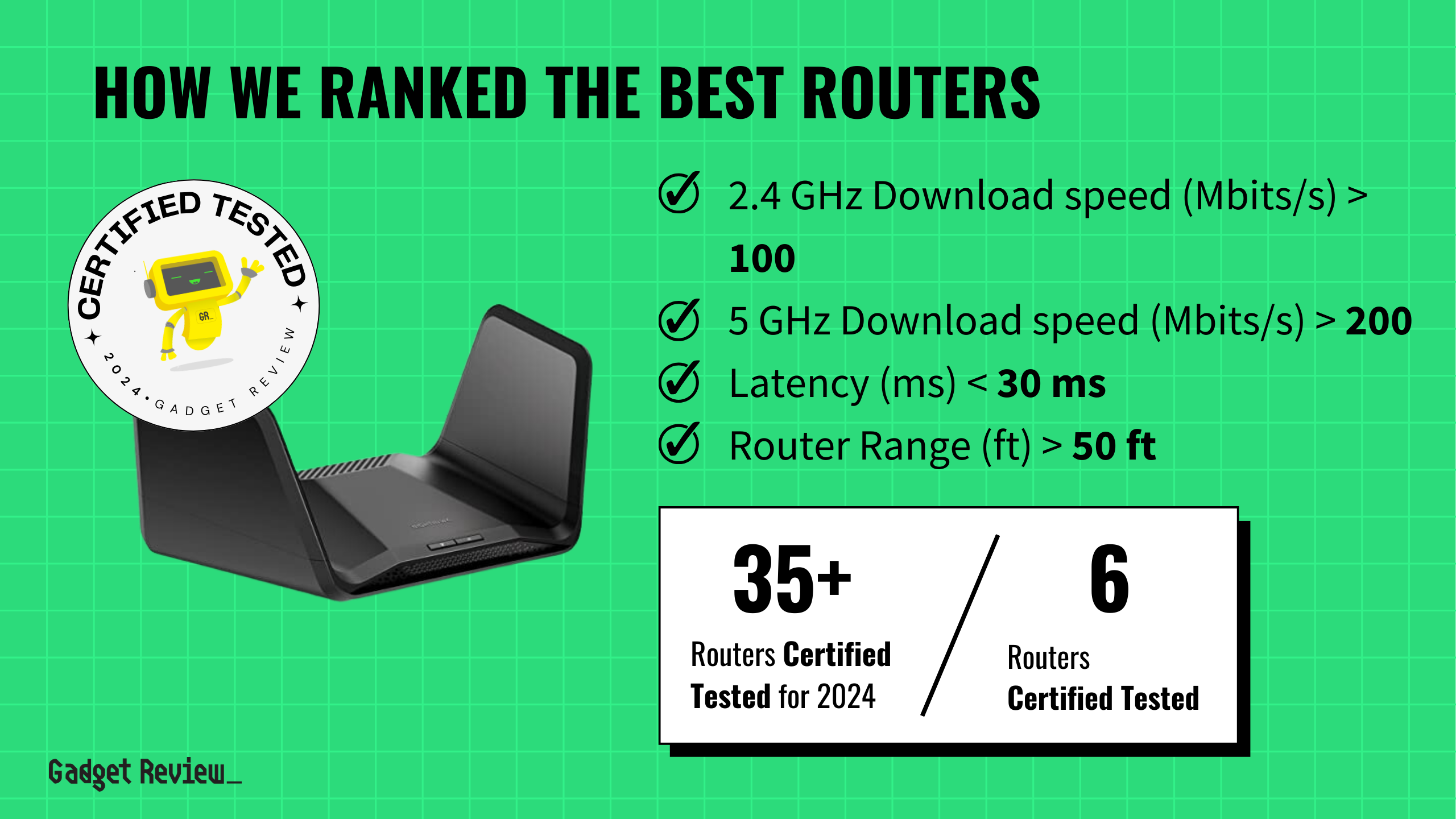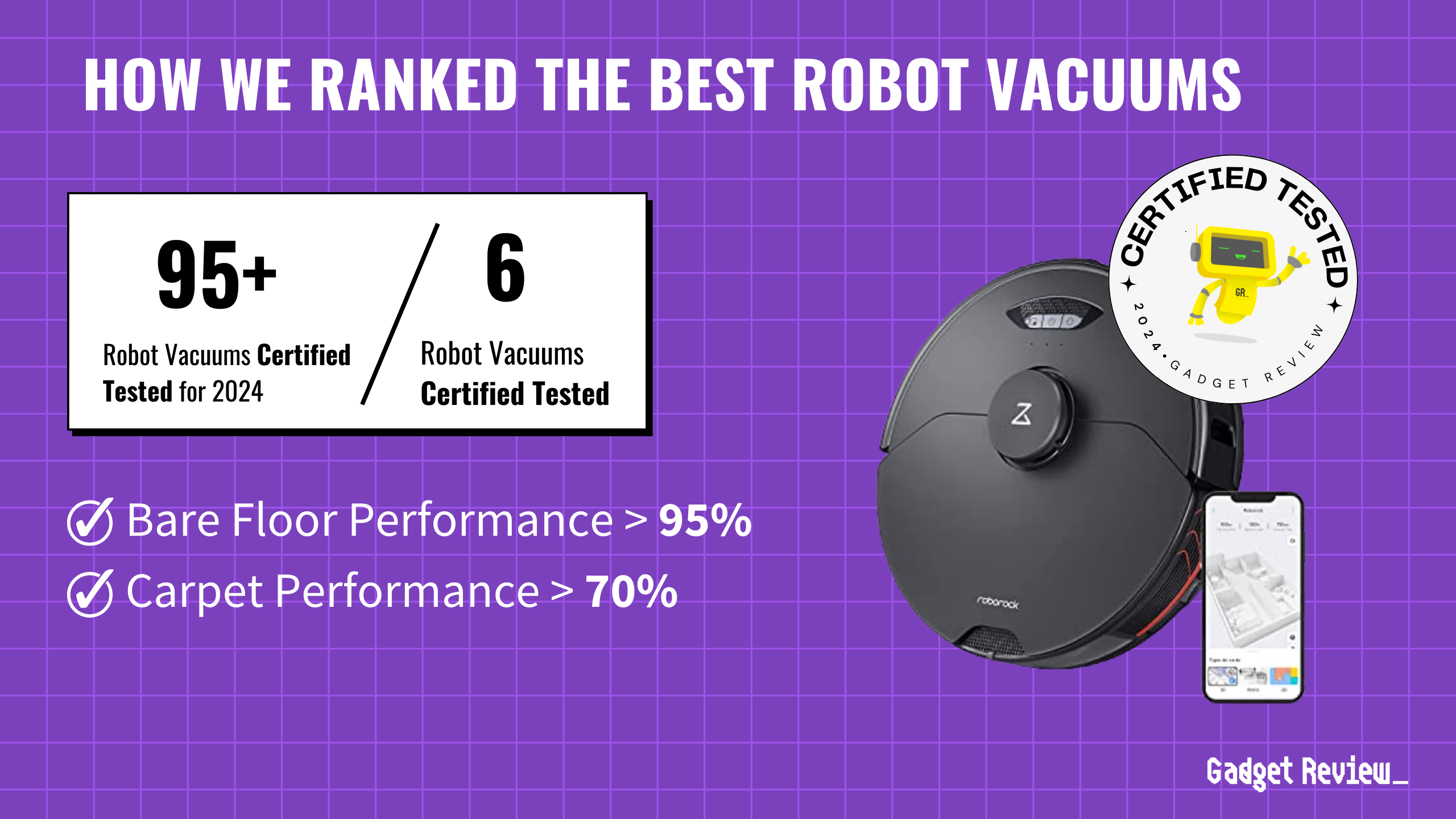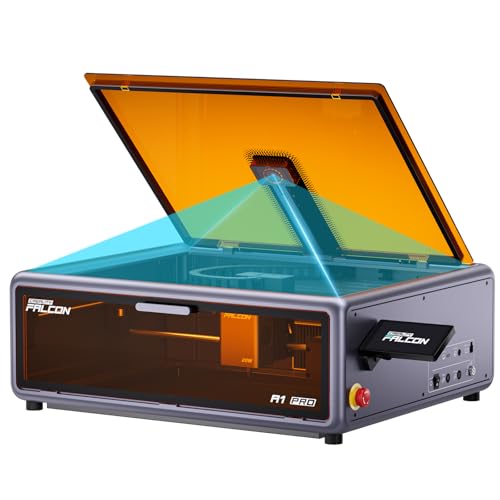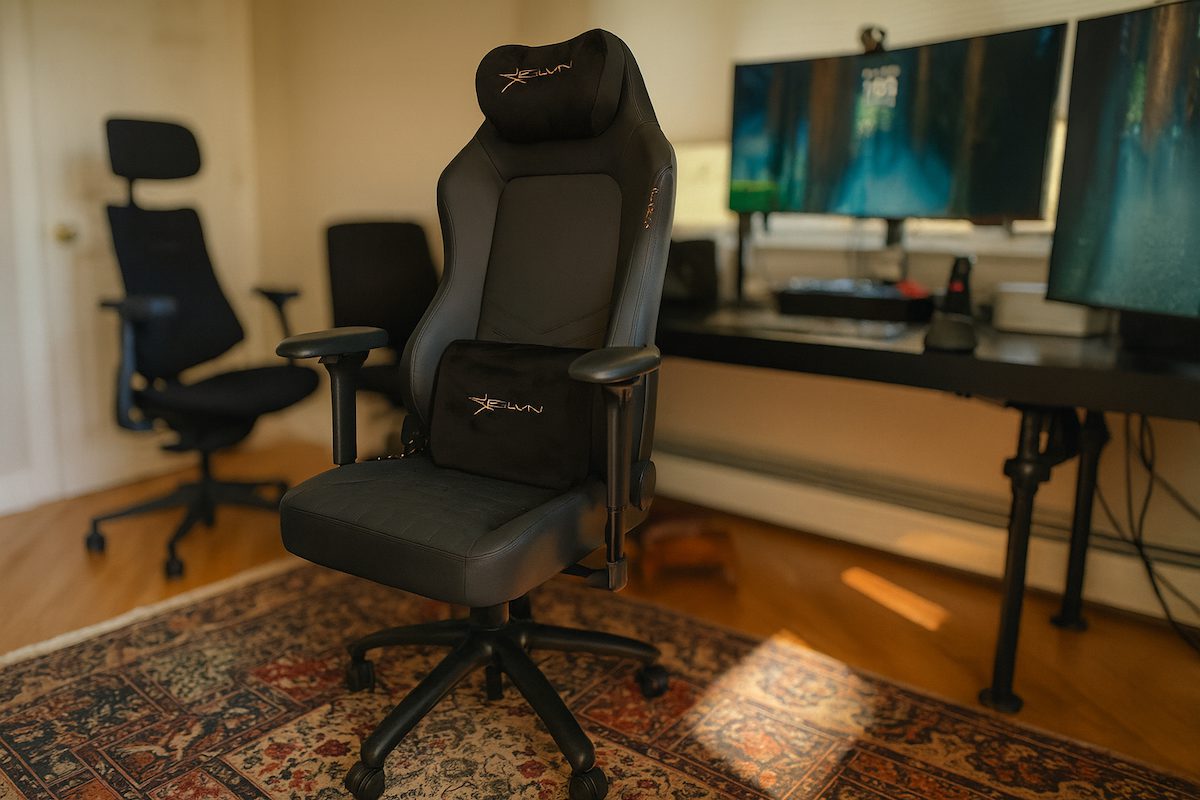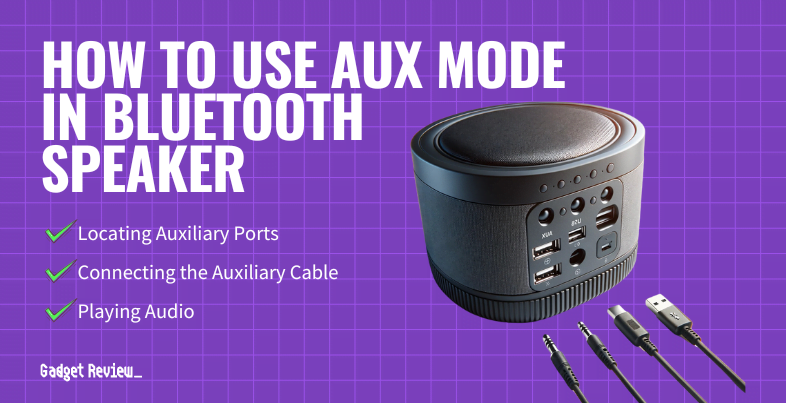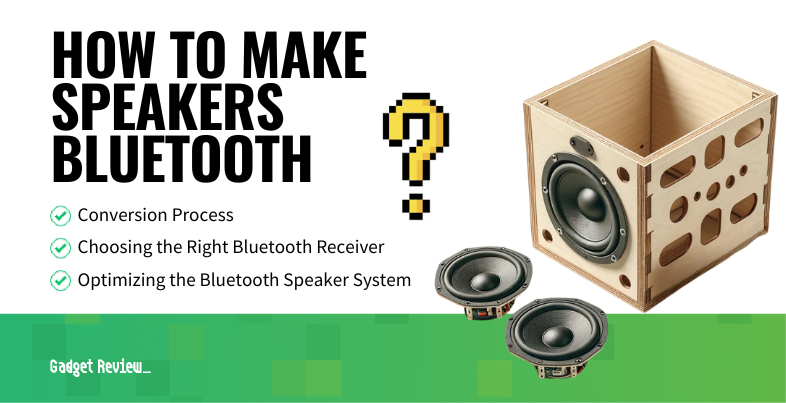Racing to evacuate during a wildfire, you discover your electronic garage door won’t budge—the internet’s down, your phone app is useless, and that manual override cord might as well be rocket science. Your smart home just became a very expensive prison.
This isn’t science fiction. It’s the uncomfortable reality of modern connected living, where the same technology promising seamless convenience can become your worst enemy when disaster strikes. Hurricane survivors have reported being locked inside homes by smart systems that defaulted to “secure” mode, while wildfire evacuees faced similar digital barriers when seconds mattered most.
Electronic Locks Become Digital Dead Ends
Battery backups and app controls fail exactly when you need them most.
Smart locks promise convenience until the power dies. Most models like the Schlage Encode Plus and Yale Assure Lock 2 offer emergency battery ports and mechanical key overrides, but reality bites harder than marketing claims. Those 9V backup batteries manufacturers tout? They last 24-72 hours maximum—useless during multi-day outages common in major disasters.
Even worse, emergency keyholes jam from neglect, turning your “smart” security into a lockdown nightmare. According to SafeHome.org testing, even premium models with supercapacitors can’t guarantee access when infrastructure collapses. Your front door becomes as impenetrable as a bank vault, except you’re on the wrong side.
The AI Lockdown Problem
Automated safety systems can prevent escape when disasters strike.
Smart homes programmed for security often default to fortress mode during emergencies. AI-driven systems detect environmental anomalies—flooding, power fluctuations, smoke—and automatically seal doors or activate security shutters. These “protective” responses can trap occupants who need rapid exit, especially when manual overrides require app authentication or cloud connectivity that no longer exists.
The programming makes sense in theory: protect the house and its contents. But when that house becomes a trap, the very intelligence meant to save you works against your survival instincts.
When the Cloud Dies, So Does Your Control
Internet-dependent devices become expensive paperweights during disasters.
Your garage door, alarm system, and security shutters likely depend on internet connectivity to function—connectivity that disappears when cell towers fail or cables snap. Devices stuck in their last commanded state become obstacles rather than tools. Meanwhile, cybersecurity vulnerabilities spike during chaos, as hackers exploit compromised infrastructure to lock systems remotely or spread malware through interconnected devices.
The irony cuts deep: the same features promising safety—remote locking, automated responses, intelligent monitoring—can backfire spectacularly when digital infrastructure crumbles. Mechanical deadbolts, physical keys, and analog escape routes aren’t nostalgic relics—they’re lifesaving redundancies that work when your smart home decides to outsmart itself.









